‘Lake Gwayi-Shangani top Government priority this year’
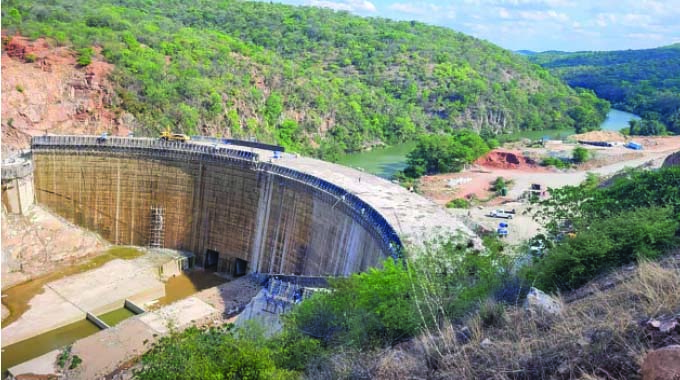
Nqobile Tshili, [email protected]
GOVERNMENT will continue to prioritise water supply across the country with the construction of Lake Gwayi-Shangani on top of the agenda in providing a lasting solution to Bulawayo’s bulk water challenges.
Bulawayo is facing an acute water shortage with the city’s supply dams at 40 percent full and needs US$15 million to support short-to-medium term interventions.
Lands, Agriculture, Fisheries, Water and Rural Development Minister, Dr Anxious Masuka, yesterday briefed Cabinet on the country’s water, sanitation and hygiene situation where he revealed how the Government plans to address water problems across the country.
Briefing the media after yesterday’s Cabinet meeting, Information, Publicity and Broadcasting Services Minister, Dr Jenfan Muswere, said due to El Nino weather conditions, some rural and urban communities are likely to encounter water shortages this year.
He said as at April 4, the national dams were at 80 percent full, which is substantially above the expected levels during the month of April. Dr Muswere said water levels in Bulawayo were almost 50 percent lower than the national average.
“Cabinet reports that the combined storage capacity of the dams supplying the City of Bulawayo was 40 percent as at 4 April, 2024. The average daily water production is 91,4ML per day against a production capacity of 155ML per day,” he said.
“Nyamandlovu Aquifer is contributing 13,85ML per day against the optimal 16,38ML per day. Government has also drilled a total of 79 boreholes. To date Government has contributed $6,9 billion (US$1,2 million) to finance the resuscitation of the Bulawayo water supply through the oversight of the Bulawayo Technical Committee,” said Dr Muswere.
“A total of US$15 299 751 is required to enable the supply of the required 155ML per day. Cabinet resolved to prioritise water supply across the country.”
Dr Muswere said Harare needs US$4,9 million to effectively provide adequate water for the city. At the moment Harare is producing 301ML per day against a 520M/L daily requirement for the capital.
“Ongoing works at Morton Jeffrey will increase production to 520M/L per day. To date the Government has contributed $8 634 000 000 (US$1 465 017) to finance the resuscitation of Harare City water supply. A total of US$4 916 523,49 is required to enable the supply of the targeted 520ML per day,” he said.
“To improve the water supply situation in Harare, the Government has drilled a total of 346 boreholes.”
He said the construction of the strategic 12 dams across the country was ongoing with Lake Gwayi-Shangani, which is expected to end Bulawayo’s water crisis, being prioritised.
Dr Muswere said Lake Gwayi-Shangani in Matabeleland North was 70 percent complete while Kunzvi Dam in Mashonaland East Province has reached 47 percent of completion.
“Priority will be on the completion of Lake Gwayi-Shangani in 2024,” said Dr Muswere.
He said most urban centres have water to sustain them beyond a year with only 13 percent having water that can last them less than a year.
“Regarding urban water supply, some 49 percent of the 47 urban centres monitored have 21 months of raw water supply (safe supply), while 38 percent of the centres are in the moderate category, with between 12 and 20.9 months of raw water supply, while 12,8 percent have less than 12 months’ raw water supply,” he said.
Meanwhile, Dr Muswere said the Government has further deployed 26 of the 28 rigs to start serving drier Regions 4 and 5.
“Of the 28 Presidential rigs available, 26 rigs have been reassigned to the 10 provinces, based on the number of villages in each province in Regions 4 and 5. Cabinet advises that the Zimbabwe National Water Authority has drilled and equipped boreholes under the Presidential Rural Development Programme,” said Dr Muswere.
He said Government is targeting to develop 10 000 village business units by November 2024 as part of the rural industrialisation programme
Dr Muswere said 1 310 village business units, which were identified up to this month will be prioritised for equipment, particularly in Regions 4 and 5.
“Household beneficiaries’ dividends for Village Business Units range between US$50,77 and US$73,33 per household per month from crops and fishery projects, indicating the transformational nature of the Presidential Rural Development Programme,” said Dr Muswere.


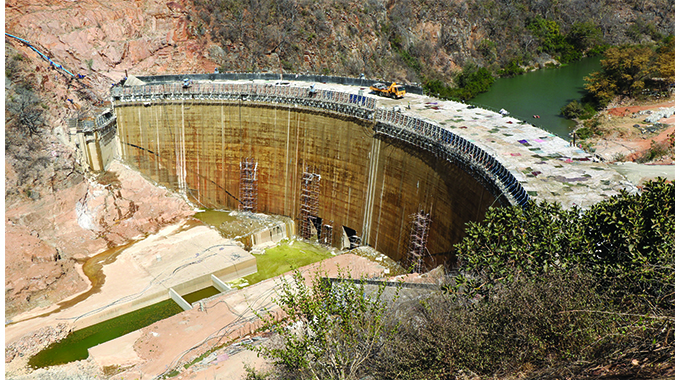

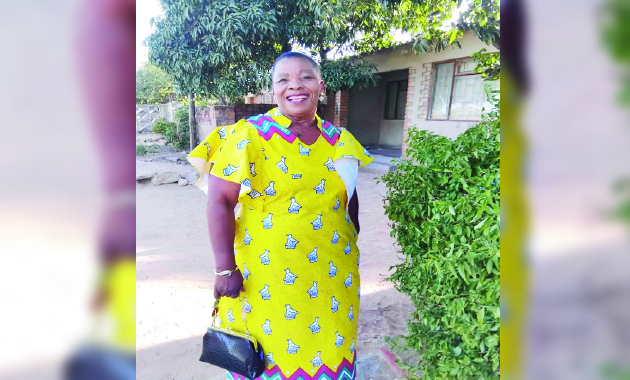



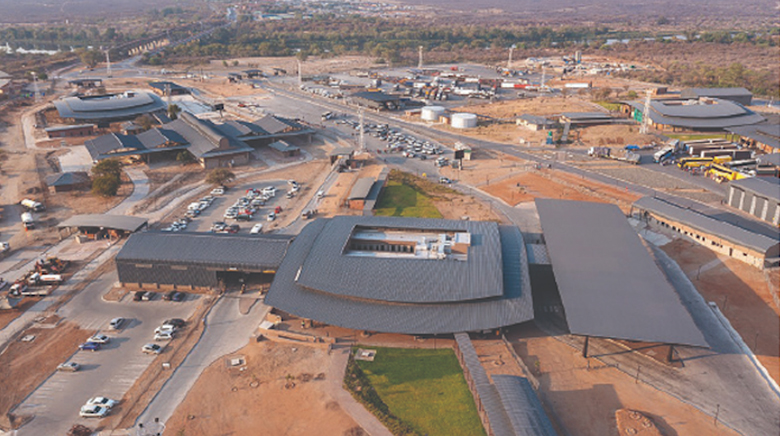

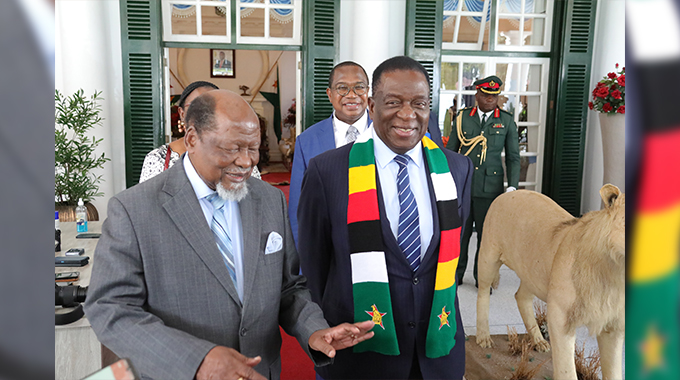
Comments